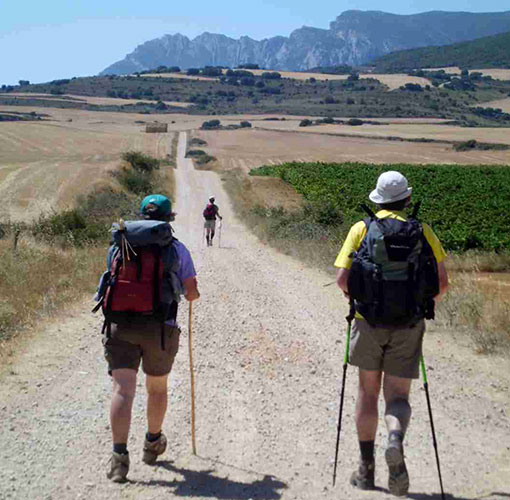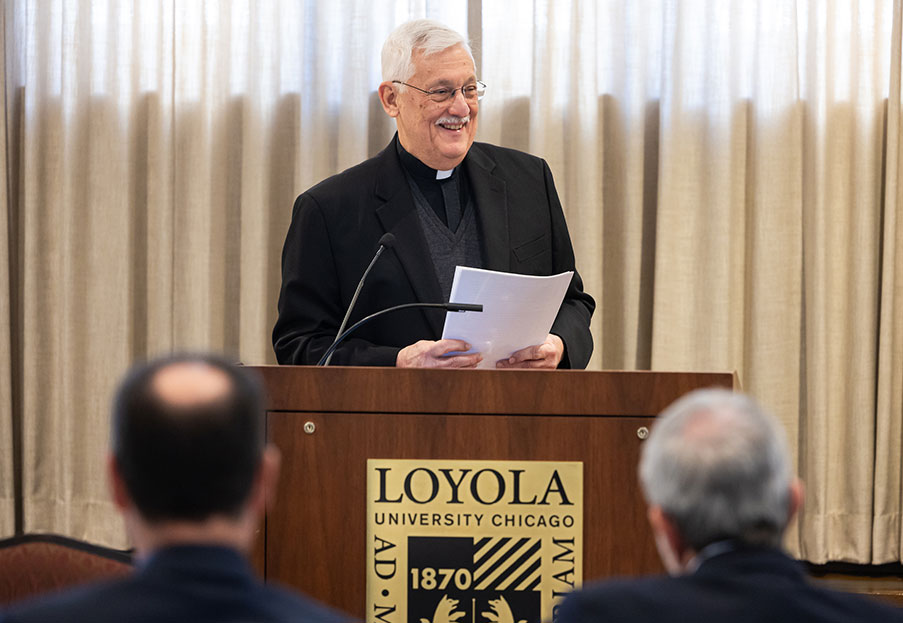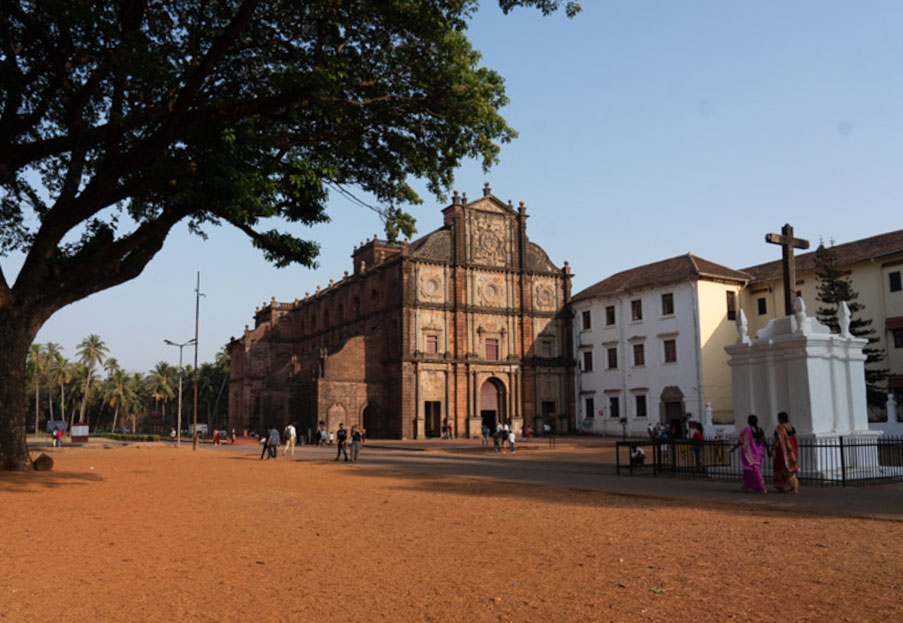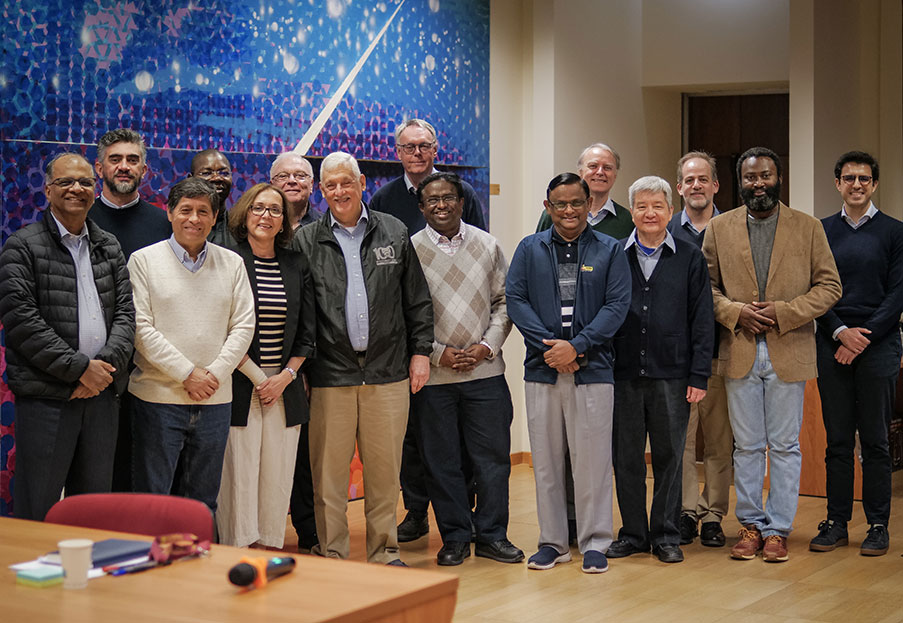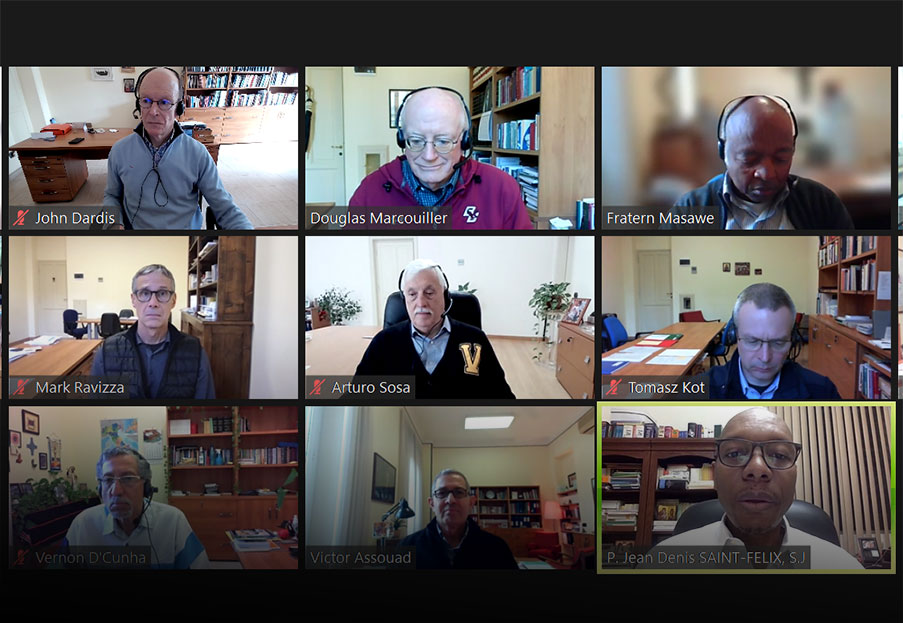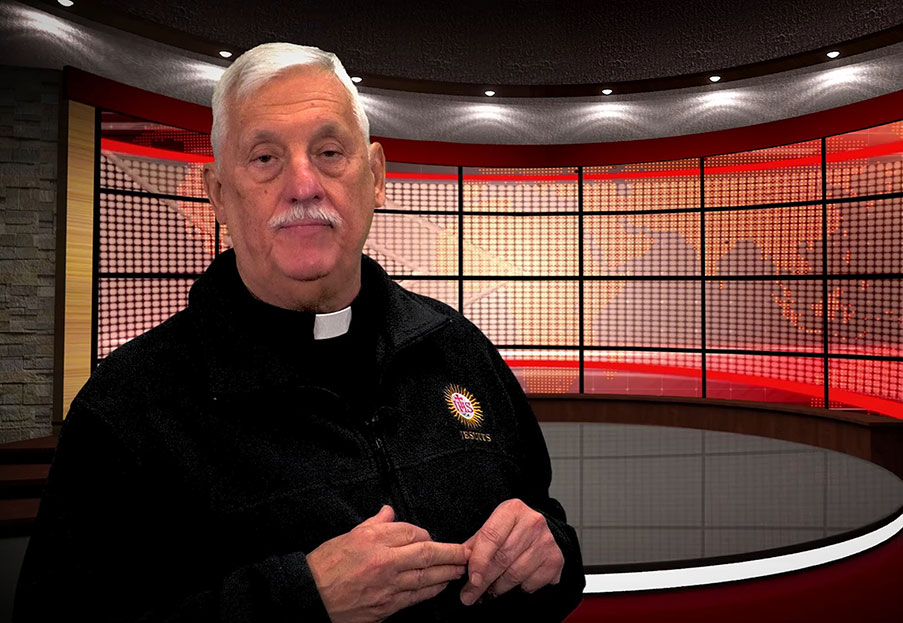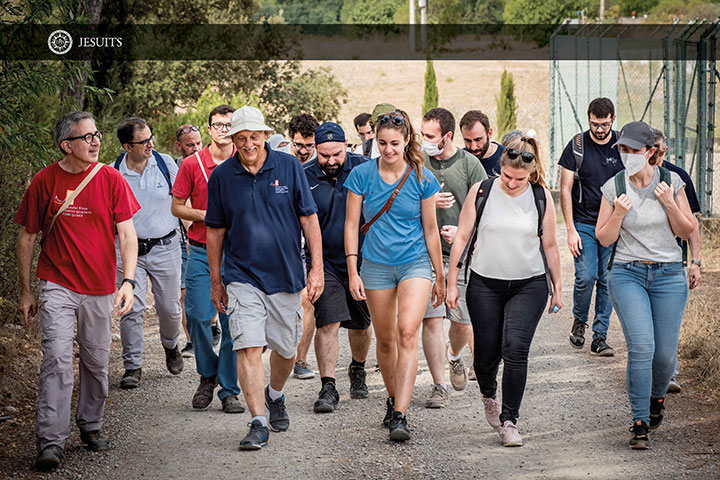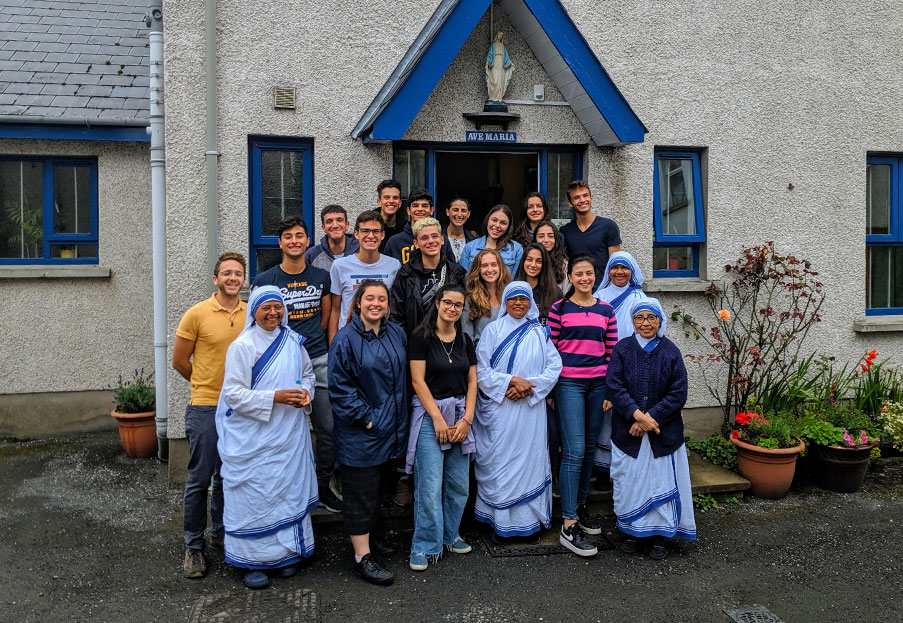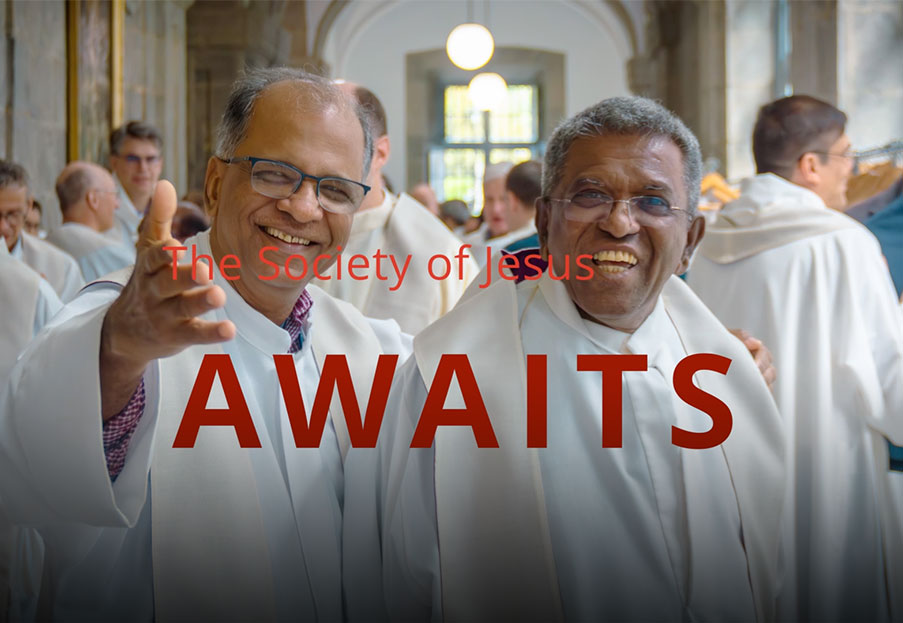The “Camino Ignaciano”: a path to follow in these times that demand radical change
On 31 July, Father Arturo Sosa began the celebration of the feast of Saint Ignatius of Loyola by retracing the path that the founder of the Society of Jesus had walked on 500 years ago. Accompanied by a small group of young people, the Superior General walked a few kilometres of the “Camino Ignaciano” (“Ignatian Way”), ending up in Manresa, an important stage in the conversion experience of Saint Ignatius. The Camino Ignaciano is a 665-kilometre pilgrimage route that begins in Loyola and ends in Manresa. It is the same route that Ignatius followed at the beginning of his “new life”. Recently added to the Camino is the leg to Barcelona, which was where the pilgrim headed after his stay in Manresa, hoping to board a ship to the Holy Land.
The
initiator and coordinator of this project is the Jesuit Josep Lluis Iriberri.
We spoke with him.
Josep Lluis Iriberri, where did the idea for the “Camino Ignaciano” come from?
When we were preparing for the visit of Pope Benedict XVI to Spain in 2011, the idea was put forward of creating a pilgrimage route that would help renew the old Jesuit tradition of making pilgrimages as a basic element in a person’s formation. The Provincial put me in charge of the project, and soon after that the Ignatius500 celebration was proposed for 2021-22. The Camino Ignaciano seemed the ideal way to commemorate the 500th anniversary of that earliest pilgrim: Íñigo de Loyola!
To what extent is experiencing the “Camino” as a “pilgrim” specifically Ignatian?
Pilgrims
on the Camino have the feeling of
walking with St. Ignatius, going to the places he visited, passing through
paths and mountains that were familiar to him. By walking along the Camino, the pilgrims make part of their
own personal history the transformation that Ignatius underwent 500 years ago,
as he journeyed from his birthplace in Loyola and found enlightenment in
Manresa. To make this journey is to return to the roots of the Society.
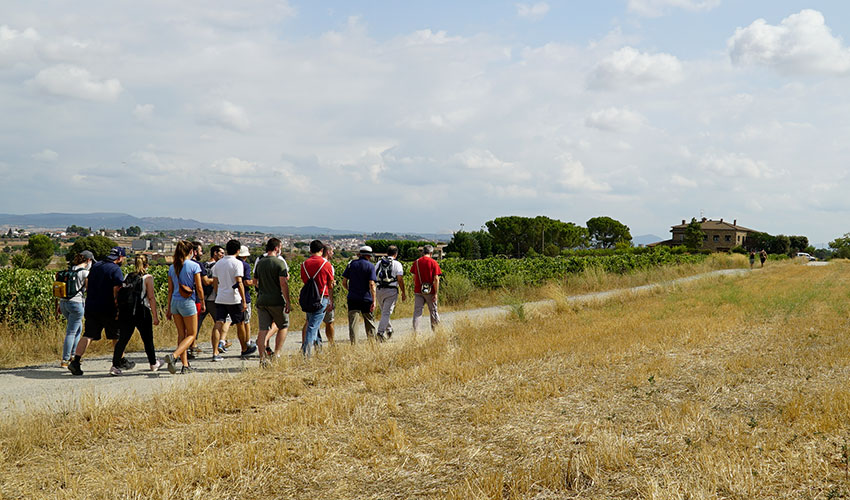
What do pilgrims who walk this “Camino” take away from the experience? Is it tourism, a physical challenge, or a spiritual experience? How do they all come together?
Well, they take away an experience that lasts for a long time. Even years after they have walked the Camino, people send us emails and are still talking about the experience. It is something they enthusiastically tell their family and friends about. They speak of inner peace, of personal rediscovery, of finding a new approach to painful situations and of acceptance of very difficult moments. But above all, they speak of a new relationship with God, thanks to St. Ignatius and what he experienced in his own life. The Ignatian Way has a strong backbone, namely, the Spiritual Exercises and the Autobiography: these writings of Ignatius make it possible for us to engage with him deeply. Cultural and religious tourism are good because it helps people connect with the traditional expressions of those who years ago searched for ways of experiencing the Sacred. The religious tradition is revealed in the Renaissance and Baroque altarpieces, in the legends about relics and miracles, in the festive celebrations, and so on. The 21st-century pilgrim drinks from these traditional sources that still give life to the peoples of Spain.
What makes the “Ignatian Way” especially appropriate for the people of our time?
No
one comes away from a pilgrimage unaffected. For younger people the motivations
will be linked more to the physical challenge and the beauty of nature; for
adults the motivation arises more from the inner life, which often comes to a
crossroads that demands clarification, confrontation, reorganisation and
reconciliation. Of course, adults also want to connect with the beauty of
creation, but their inner life often calls them to look deeper within
themselves. Young people especially want to have a group experience, to
overcome a challenge, to discover values that come from close contact with
nature, with their inner selves, with the obstacles they meet at every step.
And both older and younger, I think, desire to enter more deeply into the life
of Saint Ignatius. They want to know more intimately Íñigo de Loyola, the man
of the King’s court who left everything to start a path radically opposed to
the opulence and arrogance of the Renaissance world of the 16th century.
He is a wonderful example to follow today, when the planet itself is asking us to
change as radically as he did.
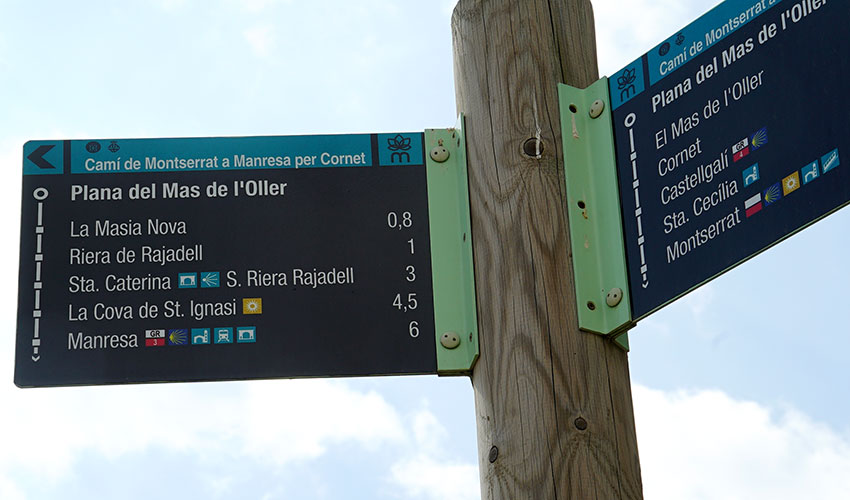
Finally, what links can be established between the “Ignatian Way” and the four Universal Apostolic Preferences of the Society?
1. Showing the way to God. By using the prayers and the structure described in the official guide of the Ignatian Way, the pilgrimage experience can be the ideal instrument for helping people to follow the path that Ignatius proposes, the path that leads us to find God in all things.
2. Walking with the excluded. Ignatius the Pilgrim was always very aware of the needs of the poor and the abandoned; we remember that he himself was a beggar in Manresa and Barcelona. That is why the pilgrimage calls us to a simpler lifestyle, light on baggage, discovering that we can live much better with a lot less gear than we think.
3. Accompanying young people. Young people are the future. Accompanying them in their own process of maturation is a top priority. The Ignatian Way will motivate young people to develop a profound personal maturity and to commit themselves to making the world a place of justice and peace for all.
4. Caring for our Common Home. As they walk
through valleys and mountains, along rivers and across deserts, the pilgrims will
recognise the urgency of taking direct action to help alleviate, if not solve,
the many ecological problems our society created. Silence, meditation and the sharing
of experiences - not only of natural beauty but also so many degraded places - will
stir the spirit of the pilgrims and inspire their love for Creation.
